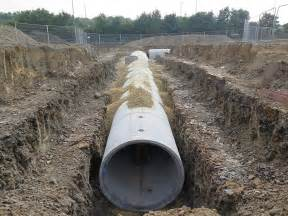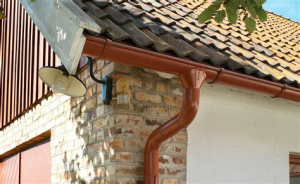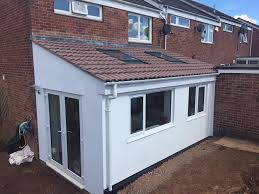Understanding the different types of drainage
A simple explanation of drainage is that it is a system of human made waste water removal from both sub surface areas and surface areas. The reason for drainage is to avoid the problems of flooding and the damage that this can cause to buildings and the environment. Drainage is a major element of construction and civil engineering.
A typical drainage system from a building includes a drain that carries effluent to a sewer. The effluent is then carried from the sewer to a treatment plant. Effluent can refer to:
Subsoil Water that is extracted to lower the water table.
Foul and Soil Water that includes either domestic or trade waste. Foul water, otherwise none as waste water, refers to water that has come from sinks, showers, baths and appliances but that doesn’t contain any excreta. Soil water is that which comes from toilets and urinals and which does contain excreta. For problems with your system, consider CCTV Drainage Surveys from wilkinson-env.co.uk
Surface Water is water collected from run-off, such as that which comes from guttering from roofs and found in paved areas like roads and pavements.
Surface water and subsoil water are considered as clean water and so can be directed straight back into the water supply, such as a river or stream and requires no treatment. Foul and soil water on the other hand must be sent to a treatment facility before being discharged back into a watercourse.
When properties are being constructed, subsoil drainage is extremely important. It can be used to improve the stability of the ground and prevent excessive moisture. This type of drainage is normally provided by porous pipes. When the requirement is to direct water away from a building to prevent damage, a cut off drain is installed.
Surface water drainage for properties is mainly found in the need for rainwater outlets and downpipes to direct water away from the possibility of pooling on the roof. A roof, therefore, must have a certain slope enabling water to be conveyed to a channel or gulley that leads to downpipes that enable the water to find its way into the drainage system.
For roads, the natural subsurface and surface patterns of water drainage are impacted and so provisions must be built in to drain water away to prevent damage to the road surface and to stop hazards for drivers. The drainage must be robust enough to deal with water from the road, pavement, verges, hard shoulders and surrounding catchment areas.
As populations expand and green spaces reduce, traditional drainage systems for urban areas can struggle to cope. Surface water as run-off increases greatly in built up areas with nowhere to effectively drain and traditional systems are inundated with water causing flooding and damage, as well as an increased chance of water contamination. Sustainable urban drainage systems can provide a solution as an addition or alternative to these traditional methods. Sustainable systems work to copy the natural response and collect run-off locally before storing it, cleaning it and then releasing it back into the environment slowly.










